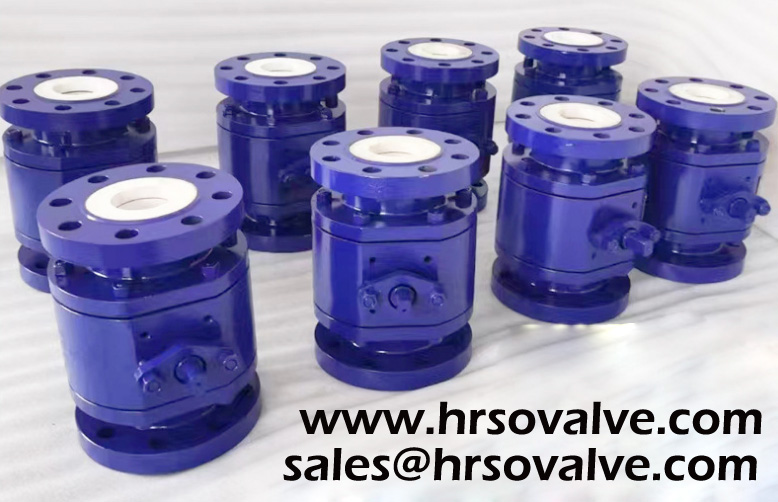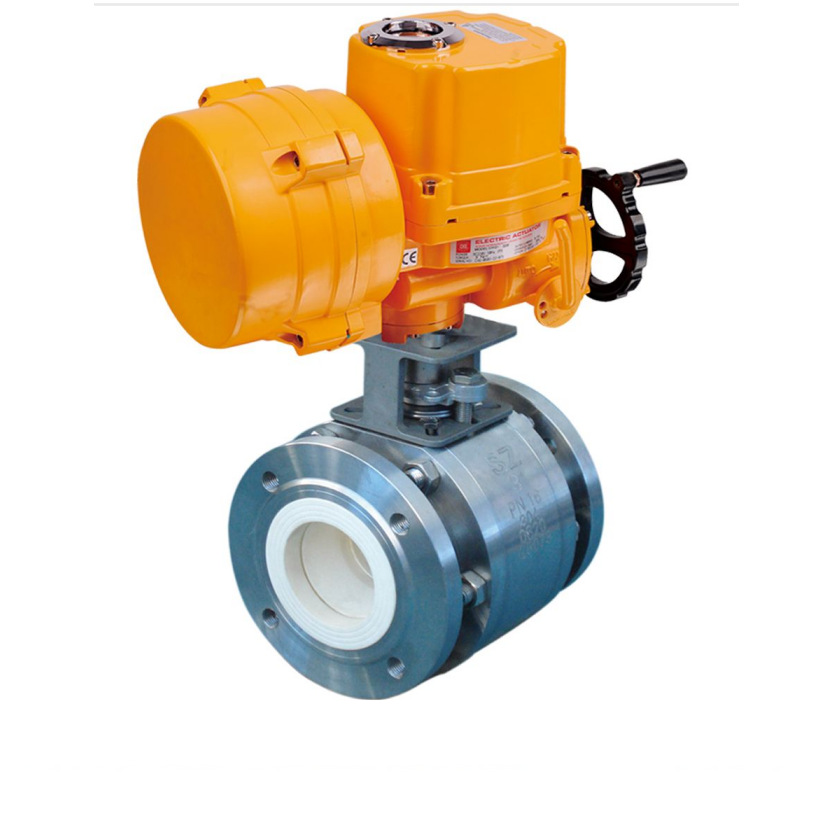Industry News
Structural characteristics & application of manual ceramic ball valve
Manual ceramic ball valves are made of structural ceramic materials with high performance, which give them advantages that ordinary metal or plastic valves cannot match. Manual ceramic ball valves are made of 99.5% high-purity alumina ceramic and have the same performance under various operating conditions.
Corrosion-resistant 99.5% alumina structural ceramics have strong chemical inertness, do not react with most organic and inorganic substances, and do not pollute the medium. For most acids and bases, the physical and chemical properties of alumina structural ceramics are very stable, and their properties will not deteriorate even after years of use.
The hardness of 99.5% wear-resistant alumina ceramics is 43% higher than zirconia, 140% higher than domestic ceramics, 730% higher than stainless steel, reaching HRA88, only slightly lower than diamond, silicon nitride and silicon carbide. This characteristic also determines the excellent wear resistance of manual ceramic ball valves.

Features of manual ceramic ball valve:
1. The thickness of the valve shell exceeds the standard data requirements of national standards GB, JB and ANSI, and the chemical elements and mechanical properties of the main materials meet the requirements of national standards. The three-section structure of the shell is designed, the shape is firm, and the appearance is beautiful.
2. The chemical elements of the valve stem material meet the requirements of national standards. The valve stem has good mechanical properties and corrosion resistance after fine grinding and surface anti-corrosion nitriding or quenching and tempering treatment.
3. Built-in buffer compensation elastic gasket to ensure stable and good sealing performance. In addition, in media containing impurities, it is not easy to block, causing the ball to break.
4. All ceramic ball valves with hard sealing surfaces in contact with the entire lining are structural ceramic materials, characterized by their chemical stability and hardness (HRA88 or higher, second only to diamond). Therefore, ceramics have high compressive strength, high wear resistance, excellent oxidation and corrosion resistance, high temperature resistance and good thermal insulation properties.
5. Grinding technology (introduced from Taiwan's fully lined ceramic hard-sealed ball valve structure diagram) and mechanical equipment manufacturing and production. The valve has a simple structure, a smooth flow channel, and a small resistance to the flow of the medium. The interior of the hard ceramic is composed of six scientific and reasonable designs. The valve ball and the valve seat surface are contacted and processed, so that the ball and the inner R of the valve seat are closely combined. The ball ring has high precision and good surface quality. The whole valve has light torque, low resistance and tight sealing. The performance reaches zero leakage.
6. Application areas: thermal power plants, steel, petroleum, chemical industry, papermaking, biological engineering, etc. It is suitable for boiler steam, lime slurry, seawater containing particles, high hardness particles, corrosive media containing soft particles, powder and flue gas desulfurization, ash discharge, slag discharge, and water supply. Change the material according to the application, and can be used for different temperatures and media.

Scope of application of manual ceramic ball valve:
Manual ceramic ball valves are mainly used in electric power, petroleum, chemical, metallurgy, mining, sewage treatment and other industrial fields, especially in the face of high wear, strong corrosion, high temperature and high pressure and other harsh working conditions. Ceramic ball valves demonstrate their performance. Manual ceramic ball valve can meet the high wear, strong corrosion environment, especially long service life. Structural characteristics of manual ceramic ball valve;
1. The ceramic ball valve adopts high-tech new ceramic structural materials to make valve seals and wearing parts, which improves the wear resistance, corrosion resistance and sealing performance of the valve products, and greatly prolongs the service life of the valve.
2. The use of manual ceramic ball valves can greatly reduce the number of valve maintenance and replacement, improve the safety and stability of the supporting equipment operating system, and save equipment maintenance costs.
3. The use of manual ceramic ball valves can improve the sealing performance of industrial piping systems, reduce leakage to a large extent, and protect the environment.
4. The raw materials for making ceramics are extensive and the cost is low. Using common elements such as aluminum, carbon, and silicon can produce ceramic materials with high performance, which can save a lot of metal materials and rare mineral resources.
RELATED NEWS
CATEGORIES
LATEST NEWS
CONTACT US
Contact: Kyle Yu
Phone: 0086-13588930107
E-mail: sales@hrsovalve.com
Whatsapp:0086-13588930107
Add: Yang'er Road,Oubei,Wenzhou,Zhejiang,China